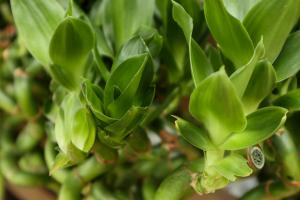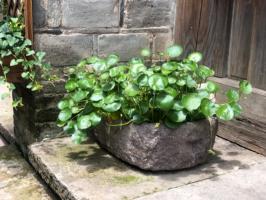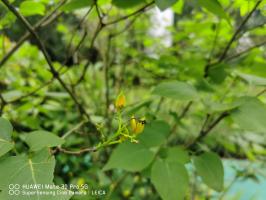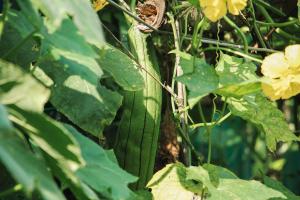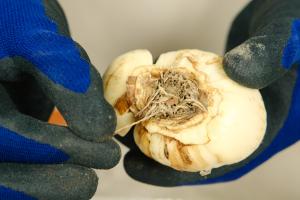Introduction
Southeast Texas has a humid subtropical climate with warm summers and mild winters, making it an ideal environment for growing trees. However, choosing the right kinds of trees to plant in this region can be challenging, as the weather can be unpredictable and soil conditions can vary widely depending on the location. Therefore, it is important to carefully consider the types of trees that will thrive in this area.
Native Trees
One way to ensure that trees will survive and thrive in Southeast Texas is to choose species that are native to the area. Native trees have adapted to the local climate and soil conditions over time and are therefore more likely to succeed. Some examples of native trees that grow well in Southeast Texas include southern magnolia, water oak, and bald cypress. These trees are also important for supporting the local ecosystem, as they provide food and habitat for local wildlife.
Non-native Trees
While native trees are typically the best choice, there are also many non-native species that can thrive in Southeast Texas. However, it is crucial to choose non-native trees that are well-suited to the local climate and soil conditions. For example, some non-native trees that do well in this region include crepe myrtle, Chinese tallow, and live oak. These trees add a diversity in color, shape, and texture to the local landscape, but can also potentially harm the local ecosystem if they invade native habitats or outcompete native species.
Considerations for Selection
When selecting trees to plant in Southeast Texas, there are several factors to consider. First, the tree must be able to tolerate the local climate and weather patterns, including heat, humidity, and occasional drought or heavy rain. Second, the tree must be able to adapt to the local soil conditions, which can range from sandy to clayey and may be nutrient-poor. Third, the tree's size and growth habits must be appropriate for the planting site, taking into account factors such as available space, sun exposure, and potential obstacles.
Maintenance and Care
Once trees have been planted in Southeast Texas, it is important to provide them with the proper maintenance and care to ensure their survival and growth. Regular watering, fertilization, and pruning can help young trees become established and develop a strong root system. Mulching can also help to retain moisture in the soil and prevent problems such as weed growth and soil erosion. It is also important to monitor trees for pests and diseases, and to take action promptly if any issues are detected.
Conclusion
Choosing the right kinds of trees to plant in Southeast Texas is a crucial decision that can significantly impact the local environment and ecosystem. By selecting trees that are well-suited to the local climate and soil conditions, and by providing proper maintenance and care, trees can thrive and provide benefits such as shade, beauty, and wildlife habitat for years to come.

 how many times do yo...
how many times do yo... how many planted tre...
how many planted tre... how many pine trees ...
how many pine trees ... how many pecan trees...
how many pecan trees... how many plants comp...
how many plants comp... how many plants can ...
how many plants can ... how many plants and ...
how many plants and ... how many pepper plan...
how many pepper plan...